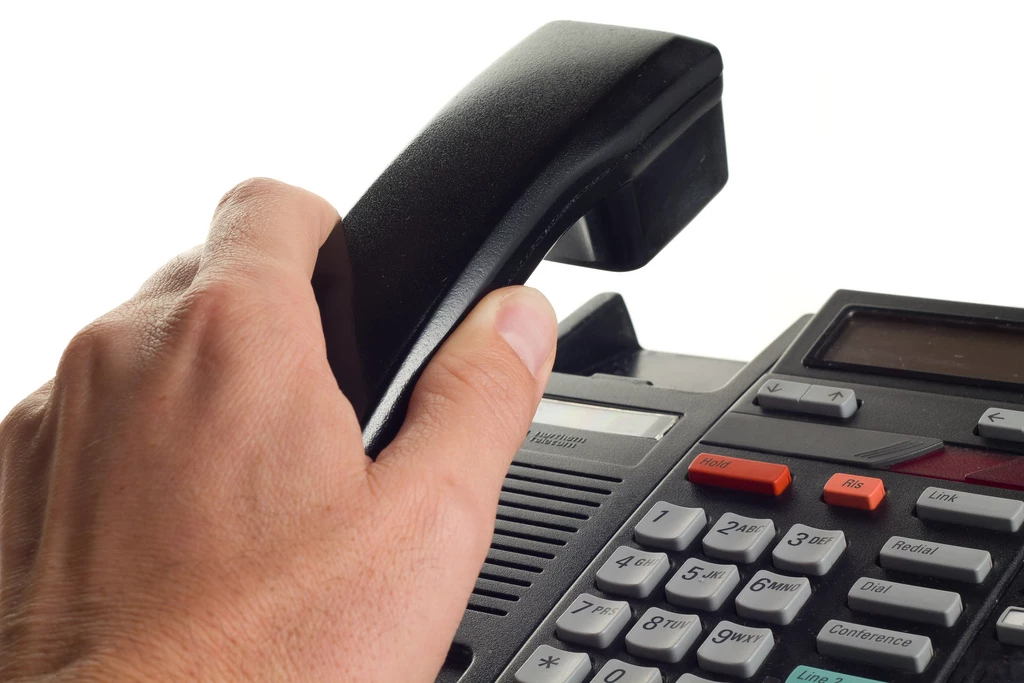
Member Article
ATM turns 50, what now for the future?
This week we celebrate the 50th anniversary of the ATM, a technological advancement which has revolutionised the way we interact with our banks and which provides millions of us across the globe with easy access to funds no matter the time or location. While hailed as one of the most transformative inventions of the 20th century, as with all technology associated with the financial industry, modifications must be made. With Cifas having reported this year that one in every two crimes is now fraud or cybercrime, there is obvious need to adapt in order to avoid becoming an easy target for fraudsters & criminals who wish to do the consumer harm.
While current consumer habits are restricted to manually typing in a PIN at the ATM machine, and navigating via click-buttons, financial institutions are already navigating alternatives. In order to combat the growing threat of fraud, in the not too distant future it will be the individual’s biometric identity, such as their voice which will act as the ATM access key. Across the financial industry we are already seeing banks turn to biometrics to solve the seamless user experience and combat fraud – phone banking and voice biometric security layers for example – the ATM, perhaps our most regular access point with our bank, is likely to follow suit.
Examining how this would work in practical terms, for those banks looking to implement biometric technology, there is one clear warning. One form of defence is simply not enough to protect customers identity. Instead financial institutions must look to implement a multi-layered form of protection to cover all angles. Phoneprinting™ technology for example, which scans 147 different elements of a call to detect whether fraudulent activity is taking place, provides financial intuitions with a far superior form of defence than one biometric solution alone.
The rise of biometrics in our ATM machines is already happening in some areas of the globe such as Japan. It’s an exciting prospect and will make the trip to the bank even easier for the consumer. As long as banks have the correct identification solutions behind the ‘hole in the wall’, we’re all heading towards a much quicker and more secure trip to the bank.
This was posted in Bdaily's Members' News section by Nick Gaubitch .




 test article 123456789
test article 123456789
 hmcmh89cg45mh98-cg45hm89-
hmcmh89cg45mh98-cg45hm89-
 test456456456456456456
test456456456456456456
 test123123123123123123
test123123123123123123
 test xxxdiosphfjpodskhfiuodsh
test xxxdiosphfjpodskhfiuodsh
 Savour the flavour: North Tyneside Restaurant Week returns for 2024
Savour the flavour: North Tyneside Restaurant Week returns for 2024
 Six steps to finding the right buyer for your business
Six steps to finding the right buyer for your business
 Stephen signs off on a special night
Stephen signs off on a special night
 Life’s a Peachaus: Gillian Ridley Whittle
Life’s a Peachaus: Gillian Ridley Whittle
 Making a splash: Phil Groom
Making a splash: Phil Groom
 Making workplace wellbeing a priority
Making workplace wellbeing a priority
 A record of delivery, a promise of more: Ben Houchen
A record of delivery, a promise of more: Ben Houchen